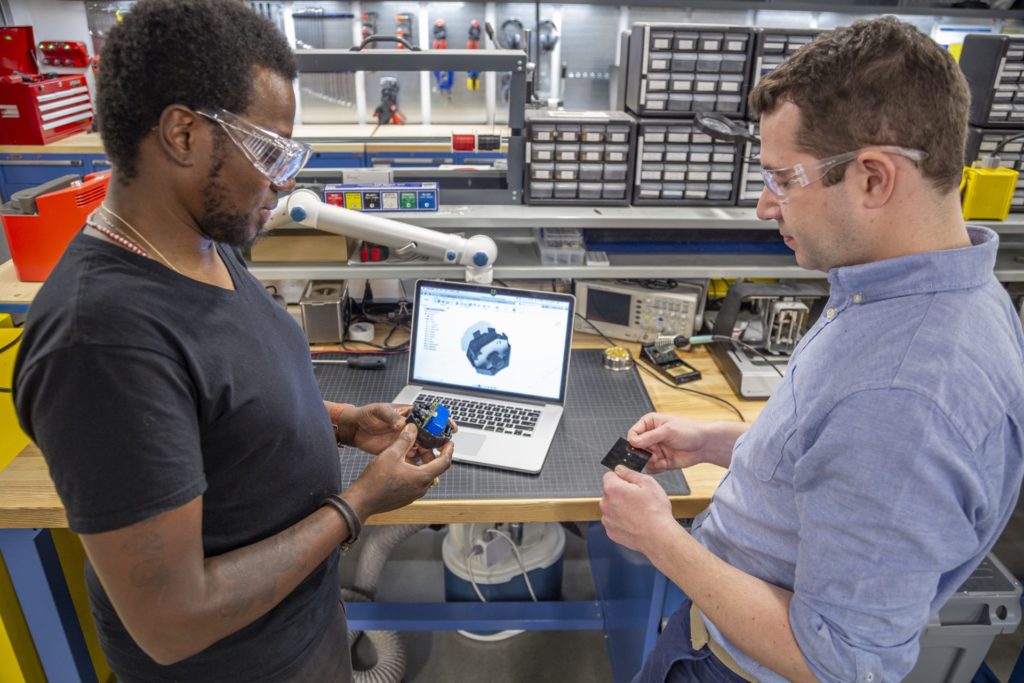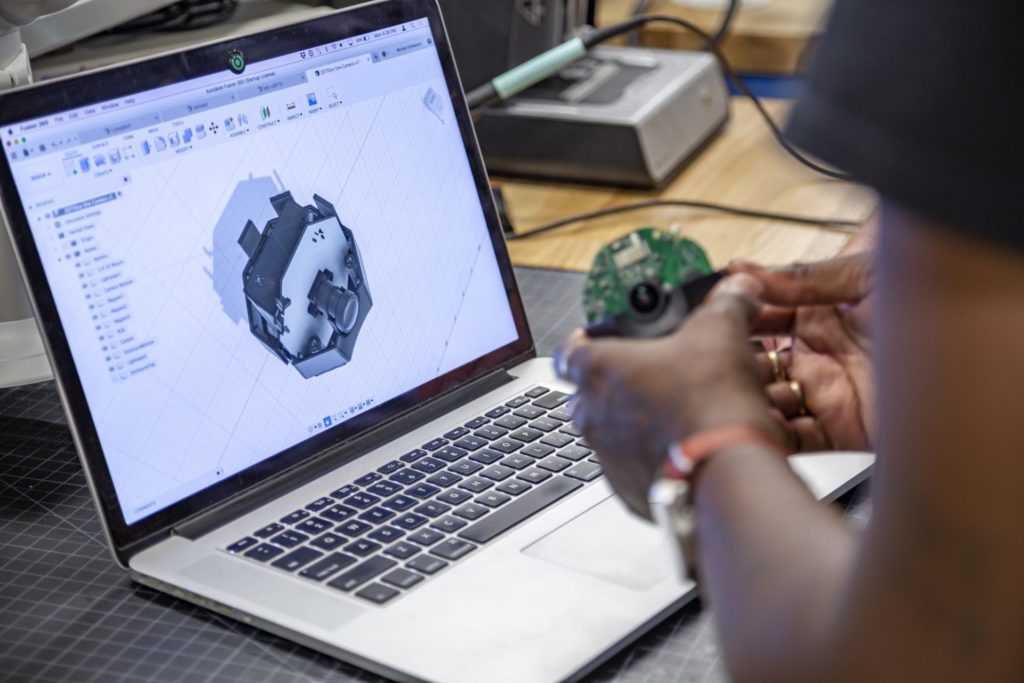& Construction

Integrated BIM tools, including Revit, AutoCAD, and Civil 3D
& Manufacturing

Professional CAD/CAM tools built on Inventor and AutoCAD
4 min read
This article delves into the challenges modern electronics engineers face during the PCB design process and offers solutions for more seamless PCB collaboration.

Gone are the days when 3D PCB designs were simple and required fewer parts and stakeholders. Today, the PCB design process is complex and requires strict supply chain visibility. It’s also more collaborative than ever, with no single person involved with the PCB design process. Every product design requires collaboration across multiple teams. It’s necessary across the board to deliver products that meet design requirements, are within budget, and are on schedule. But the only way to accomplish these three core goals is cross-team collaboration.
Collaboration is standard in the electronics engineering space, but it doesn’t come without challenges. Design teams working on the same PCB design are often in different locations and may work across various departments. Additionally, other designers working on the same project are likely using different tools from their electronics counterparts. Many critical stakeholders might not have any underlying CAD knowledge or tools to complicate things further. This article will explore three modern PCB collaboration challenges and how cloud CAD offers a solution.
Given the complexity of today’s PCBs, there’s no escaping the concurrent design process. However, when each PCB designer independently works on a different part without using a cloud CAD service, issues will arise. For example, when using traditional CAD software or shared folder services like Dropbox, team members can’t view changes in real-time.
While some resort to communication channels and email threads to ensure everyone is in sync, these manual methods are cumbersome. Information is easily overlooked or even lost. Even when PCB designers exchange design data files, it’s not enough to prevent issues down the road with production. Without robust and automated design revision history, designers often have to retread their steps. They also waste time figuring out what, when, and where something went wrong.
Finished products are inherently mechanical, so it’s rare to find a PCB living without mechanical housing. This dependency, however, doesn’t mean that the design process should be linear. It’s anything but. Many factors can lead to a design change. Component availability may change, and board layouts may shift to meet a new customer requirement. Unless the design scope is locked, every design aspect remains a moving target. Manually managing the ECAD/MCAD design change process simply won’t cut it. Designers shouldn’t need to spend hours in documentation to supplement what the design should already communicate.
Every engineer has likely had to re-spin their PCB because of communication issues with their manufacturer, supplier, or customer. Further, communication with stakeholders with no CAD knowledge or tools poses another risk for not meeting requirements. Emails, shared drives, and Slack messages occasionally get the job done, but these tools aren’t ideal for complex tasks.
The simple answer to avoiding design conflict is working from a single source of data—the cloud. PCB designs go through several revisions. With cloud CAD software like Autodesk Fusion 360, work-in-process edits become visible in real-time to all team members. This ensures no team members will accidentally work off outdated data or the wrong revision—the master ECAD files are always up to date.

Managing design data centrally allows PCB designers to work concurrently on their part of the project while still having visibility to their peer’s progress. This reduces design cycle time, rework, and late ECOs (Engineering Change Order), ultimately yielding an end-product that meets design requirements.
Having a single design CAD platform that enables ECAD and MCAD designers to work natively and independently on the same project and within the same platform is the holy grail of ECAD/MCAD collaboration. Having one design environment, one design management system, and one design dataset with no file exchange, export, or third-party integration needed completely removes integration problems. A unified design platform enables real-time ECAD/MCAD collaboration. A stateless and concurrent design process is achieved with design changes being fluidly passed and initiated by either ECAD or MCAD. This ensures change is seamlessly managed, be it revisions, board shape updates, component moves, library updates, or enclosure changes.
Product development might have changed, but many CAD tools simply aren’t keeping up. With many teams now working remotely from various locations, having a cloud-based tool with the option to work offline is the foundation of an optimum CAD solution. The ability to compute and access data and tools anywhere, anytime, and on any device yields progress toward a holistic, collaborative design process. With data living in a central location (the cloud), on-demand access to system resources is simple anywhere and everywhere, without user management, and with single-platform communication.
Autodesk Fusion 360 unifies MCAD and ECAD workflows. Whether you’re an electrical engineer looking for a cloud-based PCB design tool or an industrial designer looking to incorporate PCBs into your work, the Fusion 360 Electronics workspace is a comprehensive and affordable end-to-end solution.
Give Autodesk Fusion 360 a try for free today to explore seamless PCB collaboration:

By clicking subscribe, I agree to receive the Fusion newsletter and acknowledge the Autodesk Privacy Statement.
Success!
May we collect and use your data?
Learn more about the Third Party Services we use and our Privacy Statement.May we collect and use your data to tailor your experience?
Explore the benefits of a customized experience by managing your privacy settings for this site or visit our Privacy Statement to learn more about your options.